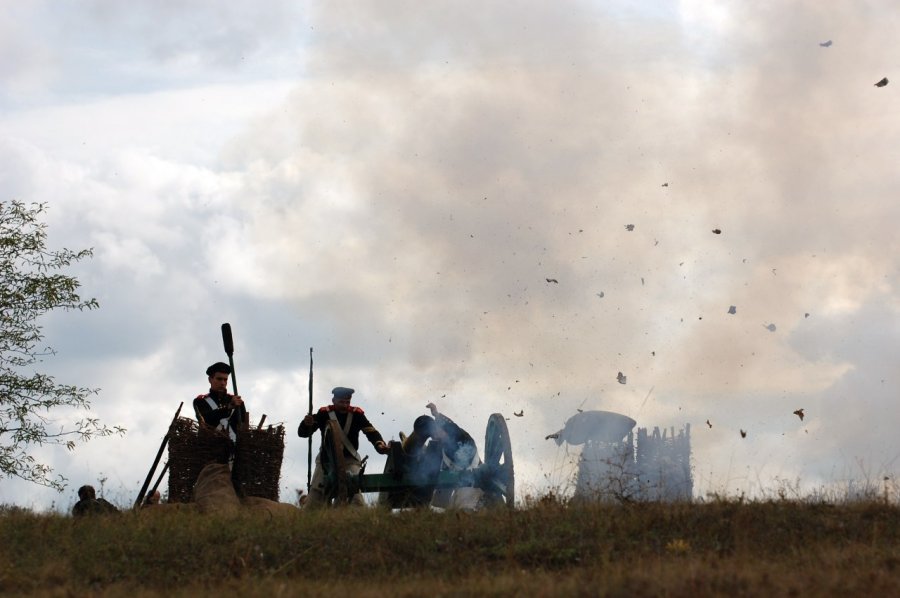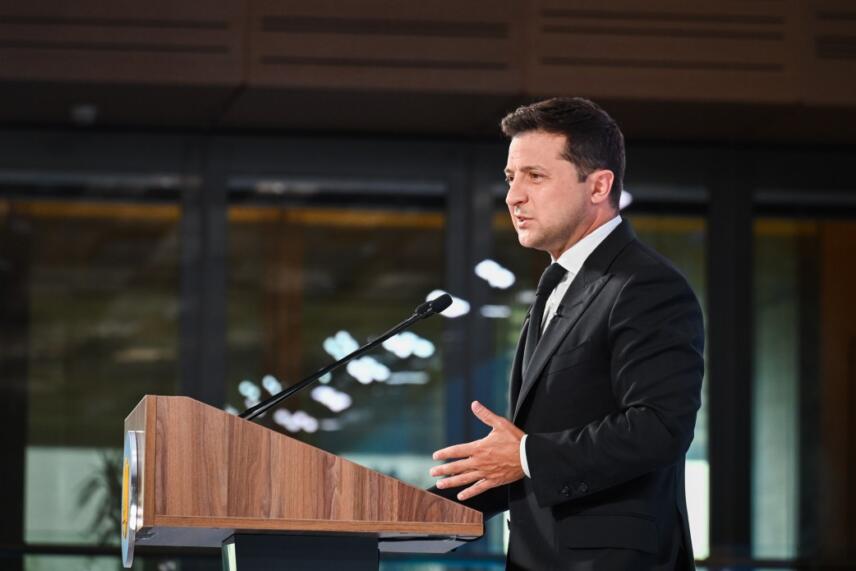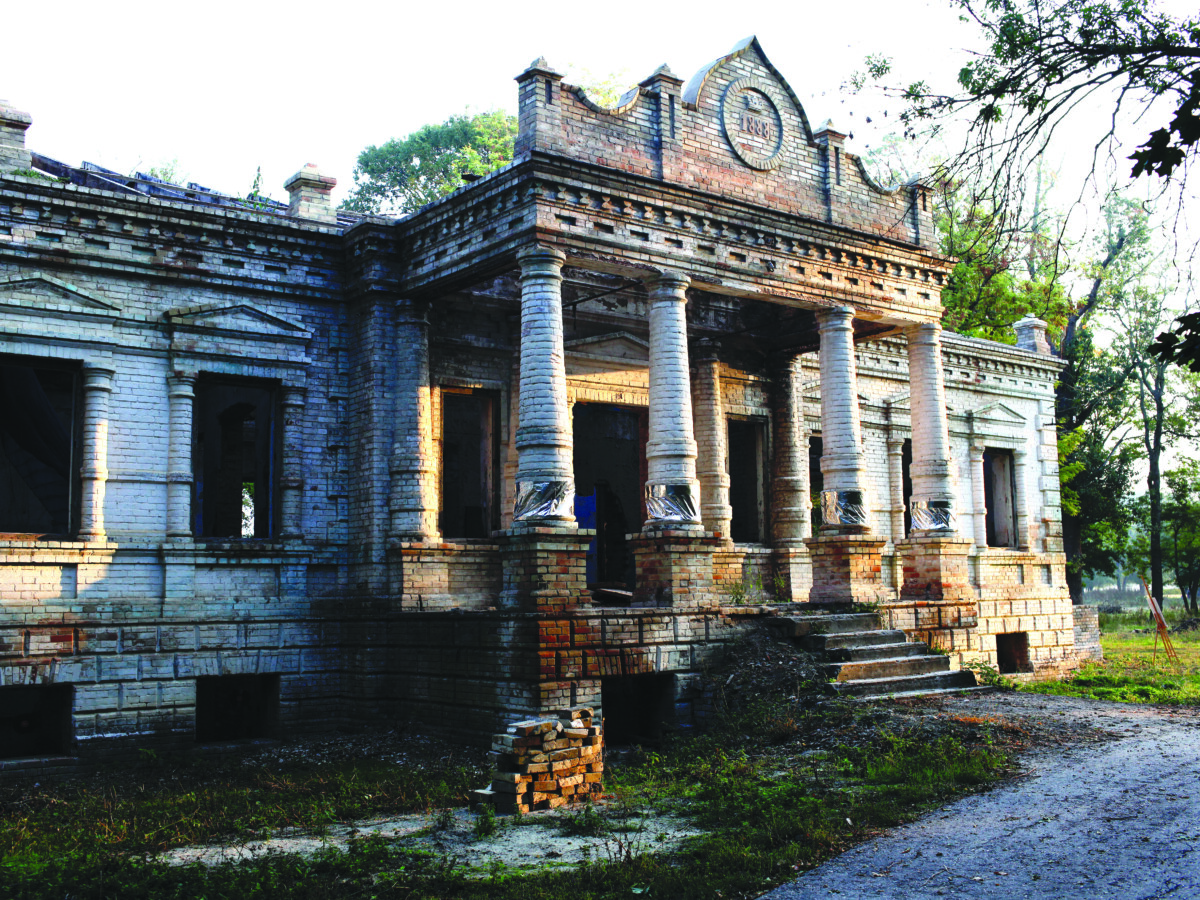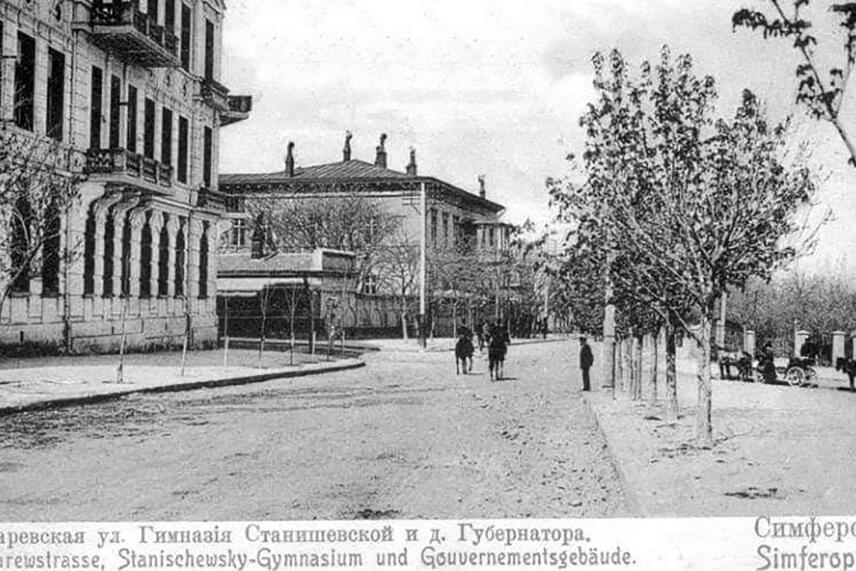The main phase of the Eastern War of 1853-1856 began on the shore of Yevpatoriya 165 years ago. It was called the Crimean campaign, whose apotheosis was the heroic Defense of Sevastopol.
A squadron of the allied forces approached Crimea on 1 (13) September 1854. The whole city was coming by sea: about 400 warships delivered horses, artillery, equipment, munitions, food supplies and 60 thousand of people. The coalition of the British, French and Ottoman Empires decided to teach a lesson to “The Russian Bear”.
“To the mercy of winners”
Intelligence reported that the coast line of Yevpatoriya is the most appropriate landing point: a spacious harbor was suitable for berthing, the city was lack of a large garrison, the road to Sevastopol runs through a flat terrain.
There was an ideological powerful argument. It’s well-known that trying to redraw the world map, participating countries attached sacral significance to the Eastern War among other things. In this regard, the takeover of Yevpatoriya extremely flattered their ego. Of course! The majestic mosque, where Crimean khans pledged of allegiance to the Ottoman Empire and loyalty to their people, towered above the shore. May be, that was the reason why the town became the base location for the Turkish expeditionary force.
The troop landing began on 2 September. The day was meaningful for France: the troops of Napoleon entered Moscow on 2 September 1812.
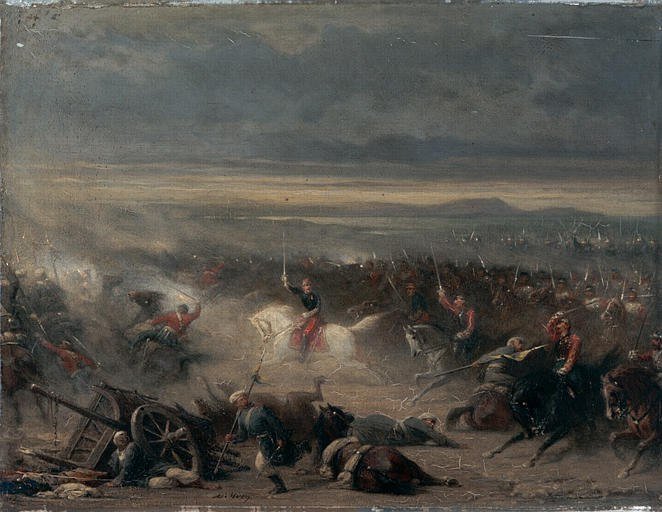
And truce envoys ascended the dock of Yevpatoriya on 3 September – they were representatives of three states and frightened philistines had to accept all conditions. Anyway, at first, it was nice and nobly. The inhabitants were suggested either to stay in the town or leave it within 24 hours. However, everyone, who had such an opportunity, had evacuated from Yevpatoriya: «city fathers», richest residents, as well as a small and low-power military unit.
The influential English newspaper “The Illustrated London News” wrote: “Yevpatoriya will always attract historical interest, as it was the first port where the troops landed”. The armada moved towards Sevastopol and as for Yevpatoriya, it became a base of the coalition troops. About three thousand of military men, most of them were Turks, remained here. The allies divided the town into three zones: the French, English and Turkish ones and town of 13,000 population turned into a huge military camp. The writings scratched out by French soldiers on the wall of the Armenian church preserved as a memory of those events. The French names Charles and Richard are guessed there and data is clearly visible – it’s 1855.
Occupants started reinforcing the town. They dug out trenches on approaches to Yevpatoriya, raised ramparts and installed cannons on them. A lot of housed were turned into little fortresses. Even the remains of the ancient medieval Gezlev Fortress were adapted for conducting a battle. Thus, may be the monumental tower above the gates of the Odun-bazar had to face with a combat in the XIXth century.
Nature gone wild
A thunderstorm erupted in the Black Sea on 2 (14) November 1854. A fierce storm suddenly emerged and seriously damaged the allied fleet. Many ships were harmed on the Western coast too. In particular, the 100-gun French battle ship “Henri IV” was destroyed at anchorage in Yevpatoriya.
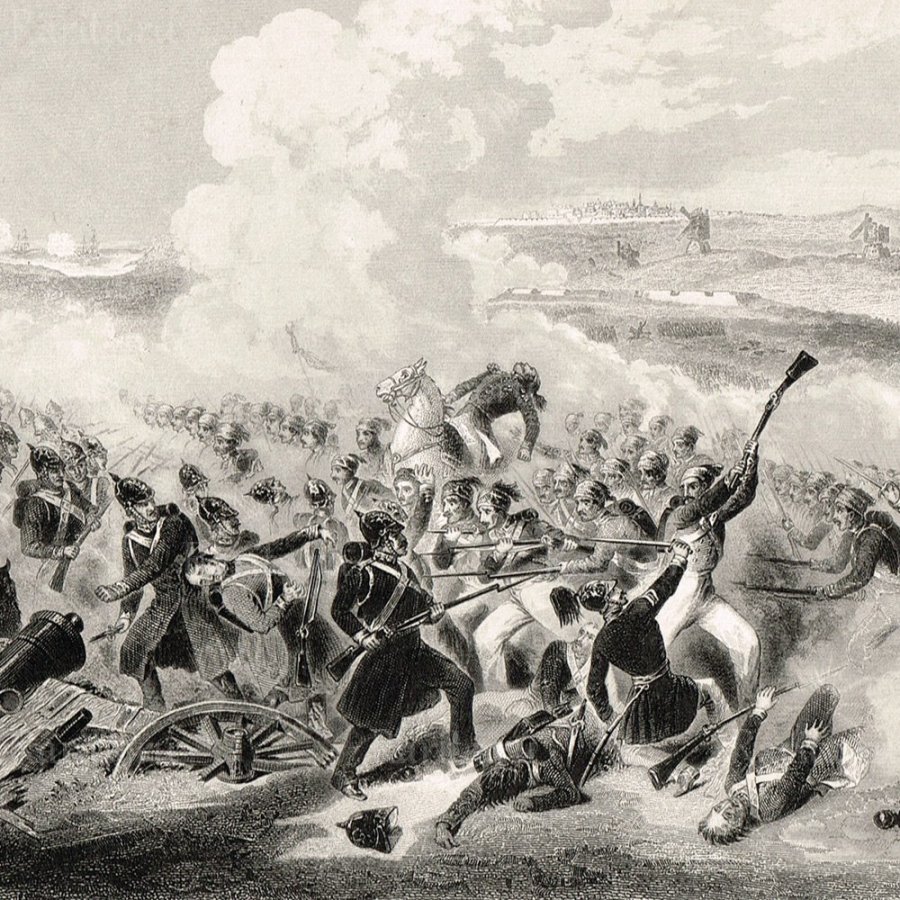
Over the past centuries, the remains of the warships sank deeply into the sand, but any item can be washed ashore by the sea after a heavy storm. All these giant bent nails, boardwrecks of bronze coverings and worm-ridden wood are not so expressive, but they are silent eyewitnesses of the tragedy occurred.
“Devil is in the details…”
The treaty alliance concluded at the end of 1854 between Austria, England and France incorporated the Austrian Empire into the anti-Russian coalition. To refrain Austria from going to war, Russia had to succeed at the theatre of war. Nicholas decided that an assault on the enemy camp located in Yevpatoriya could become a fitting reply to the participants of the treaty and cool hot heads.
By January 1855, depleted enemy troops at Sevastopol received strong reinforcements: 10 thousand Englishmen, 15 thousand Italians, 30 thousand Frenchmen and up to 40 thousand Turks, including the fact that the part of the last ones consisted of a division, which was formed in Egypt, which was a province of the Ottoman Empire. Having lifted in spirits, the allies decided to act resolutely. The Headquarters of the Russian Army judged that the enemy could direct the attacks from Yevpatoriya against Simferopol or Perekop and cut off Crimea from the mainland of Russia. Thus, it was decided to attack a powerful logistic base and made the enemies withdraw from offensive plans after knocking out the enemies.
The Head of the Crimean Army Alexander Menshikov ordered prepare for an assault. Stepan Khrulyov was assigned to lead the forthcoming event. Being a clearheaded and experienced officer, Khrulyov was famous as “a soldier’s general” and named as the Carer for his caring about his subordinates. He called soldiers as well-doers. In the early frosty morning of 5 February, the Russian troops with the total number of 19 thousand people approached Yevpatoriya. The adversary opened fire first. Its cannons fired cohesively and well-aimed. It was clear that the Turkish garrison and allied navy knew about plans of the Russian Army and prepared for the defense.
The advanced forces of Khrulyov’s troop reached a trench with the great effort. Then it turned out that the trench was filled with water. The worst thing was that assault ladders prepared beforehand were too short. The attack was bogged down both literally and figuratively.
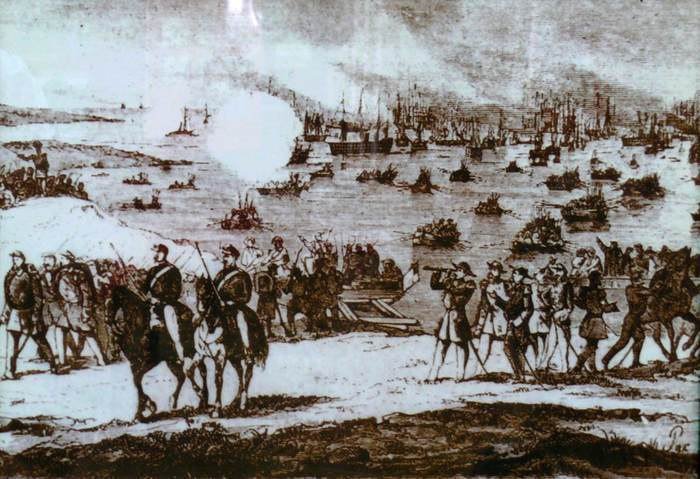
Khrulyov ordered to retreat. He realized that even if his well-doers climbed the rampart at the cost of great blood and swept away the enemy, they would face with a hail of lead coming from old but solid remains of the walls of the Fortress of Gezlev, curved unknown streets and from houses’ loophole-windows turned into forts. And ship weapons will finish the attach, which would become a soldier’s massacre.
To ease the impression of the unfortunate assault, smart Khrulyov shifted the emphasis and called the event in Yevpatoriya as the “enhanced reconnaissance” in his report to the Head of the Army. Moreover, he rightly considered the mission was accomplished: fearing a repeated assault, the enemy continued keeping a large garrison in Yevpatoriya, but didn’t try to cut off supplying of Sevastopol.
The Egyptian division commander and general Selim-pasha died during the battle. He was buried in the yard of the Khan-Jami mosque with full honors as a shaheed – a person that died at war fighting in the name of Allah. A marble tombstone on the grave of an outstanding Osmanli military leader was preserved to this day.
The combat at Yevpatoriya claimed about two hundred lives of Russian warriors. The most regrettable fact was that despite unwritten rules of the Crimean Campaign, Turks finished off wounded Russians and some eager Ottomans brought trophies severed soldier heads… In fairness, it must be noticed that bashi-bazouks were strictly punished immediately – they were flogged publicly.
The night fell down to the battlefield. Next day, not numerous Christian residents, who stayed in the town, asked for certain permissions, came to the field, took the bodies of the fallen heroes and buried them in a mass grave.
“Yevpatoriya in lungs”
The continuous Crimean campaign sapped the strength of the whole country. But the sudden death of the emperor Nicholas on 18 February 1855 became an “apotheosis of war”. All people closest to the emperor noticed that he was in the state of depression. Military failures, depleted treasury and rather precarious position of Russia at the international arena – all of that had a serious impact on health of the sovereign. Probably, the news about defeat near Yevpatoriya was the last straw.
According to the official medical certificate, Nicholas I died due to paralysis of lungs. The ideologist of the socialist revolution Alexander Herzen made play evilly with the formulation. The poisonous expression about “Yevpatoriya in lungs” that killed the emperor belonged right to him.
“To brave defenders of the faith”
In March 1856, a peace treaty was signed. As early as in 1858, residents of Yevpatoriya were one of the first in the Russian Empire, who immortalized the events of the Crimean War. The Karaite community established a monument on the mass grave of the Russian soldiers, who died on 5 February during the assault on Yevpatoriya.
A gold covered cross crowns a white marble stela in the antique style. Commemorative inscriptions were made in the Russian and in Hebrew, which is the language of the Karaite worship. The monument is a wonderful example of tolerance that is talked about so much nowadays: Karaites, who profess Judaism, established a monument to Orthodox Russian warriors – “brave defenders of faith, tsar and Fatherland”.
Another monument to a fierce battle can be seen on the territory of the temple complex of Karaites. A cannon ball hit the wall of the cathedral kenassa. Fortunately, it didn’t explode, but the hit was so powerful that the wall had to be subsequently reinforced. During the renovation, the cannon ball was left in the place, where it was found. The telling mark is explained by the inscription in Russian and Hebrew: “Saturday, 5 February 1855. The cannon ball of the Russian gun”.
Cathedral in the memory of the liberation
The hostile troops left Yevpatoriya on 18 May 1856. The town was ravaged and the fourth part of the buildings was destroyed. The local church of Saint Nicholas was badly damaged. But when occupants boarded ships, the first event of a peaceful life was a thanksgiving service devoted to leaving the town by enemies.
In 1899, a majestic cathedral in the name of Saint Nicholas was raised on the site of a dilapidated church. Built in the way of the Byzantine architecture, the temple is decorated with three kinds of crosses. Saint George’s crosses on the fence tell about the military valor, Byzantine ones on the walls remind about the mental continuity with Constantinople and Russian Orthodox crosses crown the domes.
Museum and street
A museum of the history of the Crimean War was inaugurated several years ago. An exposition wasn’t so large. More than 300 exhibits from the repository collections of a town lore museum are represented in two chambers. Authentic artifacts are of special interest: examples of bladed and fire weapons of opposing sides, awards, items of soldier’s everyday life and fragments of ships discovered on the sea bottom.
The interior is framed in the maritime style. The ship’s cannons look formidably. Tourists get photographed with great pleasure in front of a large image of the French battle ship “Henri IV” that was destroyed at anchorage in Yevpatoriya. It’s interesting fact that memory about Yevpatoriya is saved in the capital of France. One of streets of Paris bears the Rue d’Eupatoria name, reminding citizens of a paradox war, which forestalled the world battles of the XXth century.


